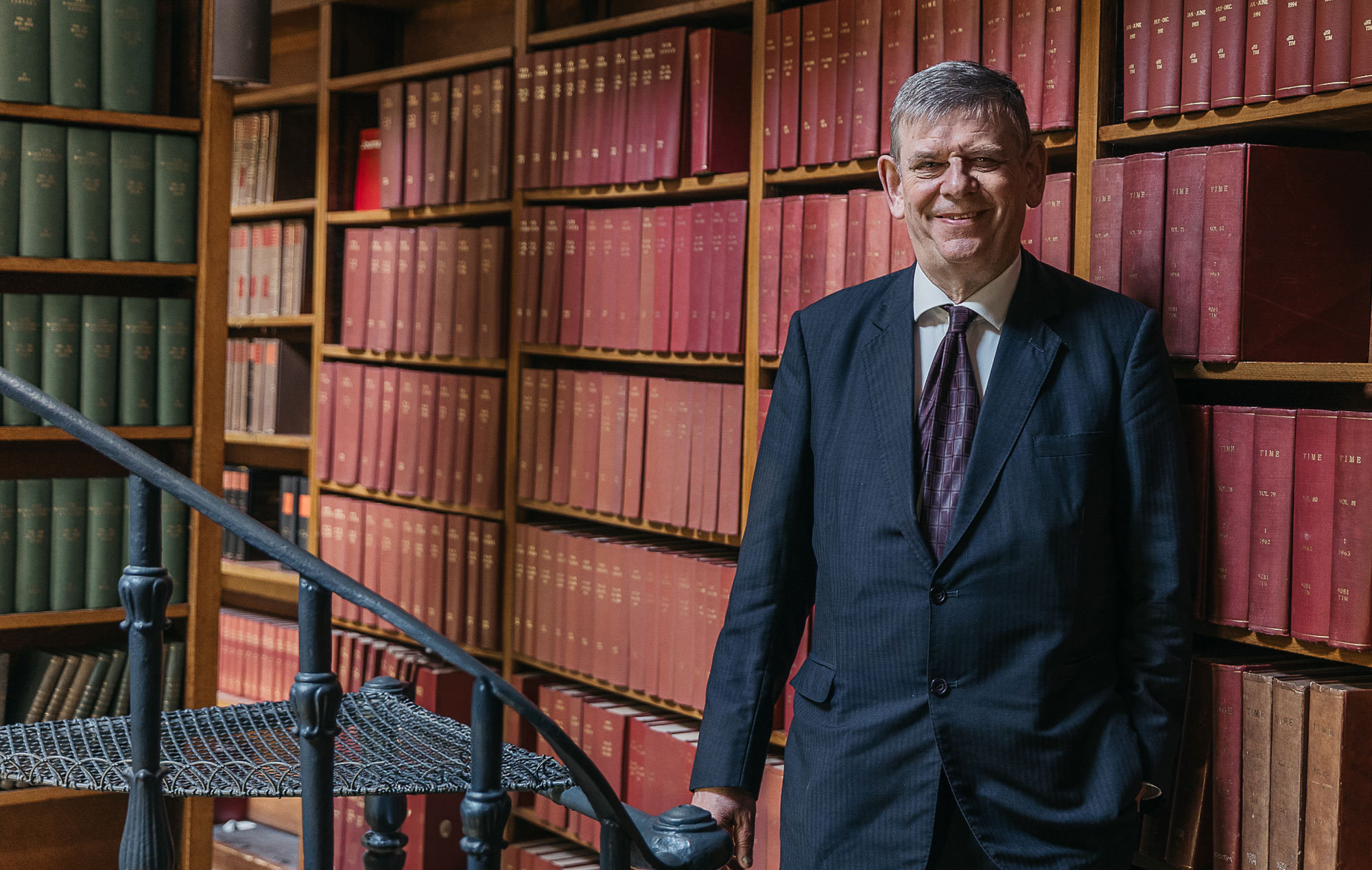
Following on from my first post introducing this platform, I want to offer more detail on the services I provide – and the philosophy that underpins them.
Over nearly five decades of legal practice, I’ve come to believe that the most effective legal services are those grounded in empathy, intellectual honesty and a clear sense of purpose. Whether I’m acting as a mediator, contributing to legal debate or providing direct legal representation, my goal is the same: to create access to justice in a system that increasingly makes it difficult to find.
Mediation: From sceptic to advocate
Like many litigators of my generation, I once had a rather stereotypical view of mediation. Before attending the excellent CEDR course in Sitges in 2016, I assumed mediators were simply peripheral to serious negotiation – an unnecessary addition to processes experienced lawyers could handle themselves.
My motivation to attend the course was pragmatic: we were setting up Complete Mediation, a sister company to Complete Counsel, and mediation was becoming more commonly used by NHS Resolution. I thought I needed to understand it properly.
That course changed my mind. I came to see that mediation, when done well, is not only effective, but often the optimal form of dispute resolution. Resolution, after all, isn’t just about achieving an outcome. It’s about ensuring that justice is not only done, but felt to be done.
I’ve grown to enjoy mediation immensely, perhaps because it reminds me of my early days at the Bar. Each case is different. Each day involves new people, new places and new challenges.
My approach to mediation
To mediate effectively, one must balance empathy, insight and timing. Victims or claimants are often nervous and uncertain. Showing that they are heard and understood is essential. So too is managing the tempo of negotiation. Move too slowly, and parties lose momentum. Move too quickly, and people entrench themselves in unsustainable positions.
I avoid artificial tactics, like insisting an offer is “final”, which can shut down progress. Often, when both sides genuinely want to settle, they simply need the right encouragement to take the next step.
My fees for mediation are proportionate to the complexity and value of the case. In high-value litigation, I charge in line with my barrister rates. For more straightforward matters, the fees are appropriately adjusted.
Legal discourse and disruption: Asking the uncomfortable questions
I’ve always been intellectually curious about the law, but it wasn’t until working with Per Laleng and Doug Cooper that I began writing and speaking seriously about legal issues. In 2003, we published a controversial article on mesothelioma litigation that challenged conventional views. Remarkably, the House of Lords adopted our argument in Barker v Corus – only for Parliament to reverse it shortly after.
That experience, along with subsequent writing, some of which has been more favourably received in Australia than in the UK, has only confirmed my belief that much of English law is inward-looking and needlessly complex. Endless recitals of outdated case law do little to serve today’s litigants or social realities.
A few highlights
- “Mesothelioma, Asbestos and Causation” (JPIL, 2003)
- “The Dust Settles?” (Tort Law Review, 2013)
- “Medical Accidents: A Socratic Resolution?” (2020)
- “Law and Epidemiological Evidence: Double Toil and Trouble” (University of Western Australia Law Review, 2022)
A common thread in all these publications is the push for simpler, fairer legal solutions – ideas that prioritise outcomes over orthodoxy.
Advocacy and Direct Access: For those who would otherwise be left behind
Let me begin this section with a joke – one my father (also a barrister) used to tell about two coal miners and a whippet. They bought the dog hoping it would win races, but it turned out to be too expensive to feed. When they considered throwing it in the canal, one said, “That’s cruel.” The other replied, “Then what do we do?” “Run off and leave it,” came the answer.
This is, I’m afraid, a metaphor for how I’ve found myself involved in pro bono legal work. On more than one occasion, others ran off and left me, often when a case reached a critical stage and the client would otherwise have been left unrepresented.
Rather than walk away, I stayed.
In 2024, I completed the Public Access qualification, allowing me to take instructions directly from clients. While I’ve worked with Advocate (the Bar’s pro bono scheme), the additional layer can sometimes delay urgent matters. Direct Access allows me to step in quickly and decisively when it matters most.
Why I do this work
This type of advocacy is both gratifying and frustrating. Gratifying, because clients are deeply appreciative. Frustrating, because it highlights how many people fall not just between cracks, but into chasms in our legal system, unable to access meaningful representation.
One of the most significant cases I’ve worked on pro bono is the HPT litigation, representing victims of hormone pregnancy tests (HPTs). Despite setbacks in court, the victims, backed by MPs, media and medical experts like Professor Bengt Danielsson, continue their campaign for justice.
In summary: This is what I do
Whether you’re:
- Seeking a skilled mediator who brings experience, empathy and strategy to the table;
- Looking for legal analysis that challenges tired conventions and drives reform;
- Or in need of representation when no one else will step up;
I aim to provide a principled, human and thoughtful approach to law. This platform is not just a professional outlet. It’s a personal mission.
Thank you for taking the time to learn more about my work. If any of this resonates with you, or if I can help, please do get in touch.



